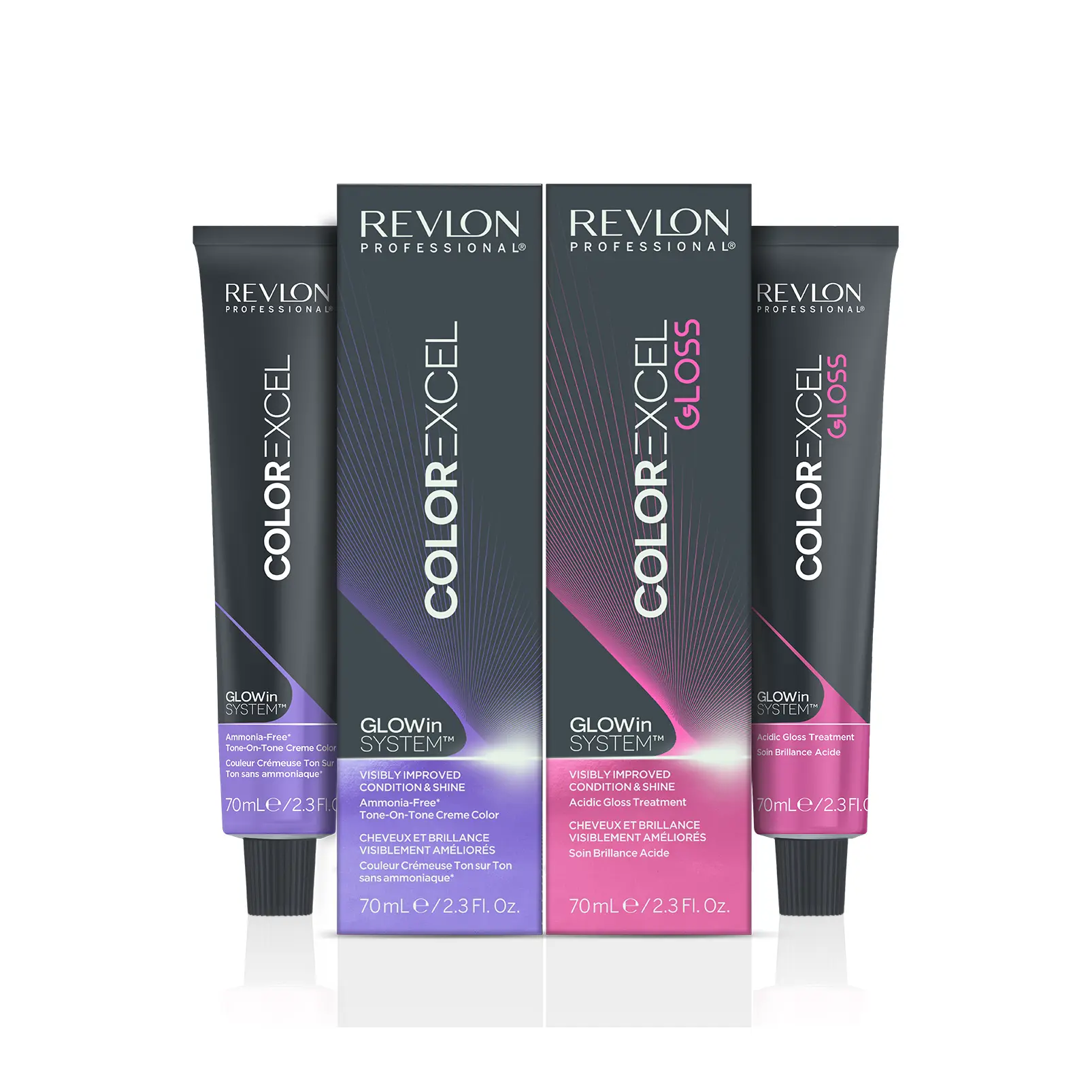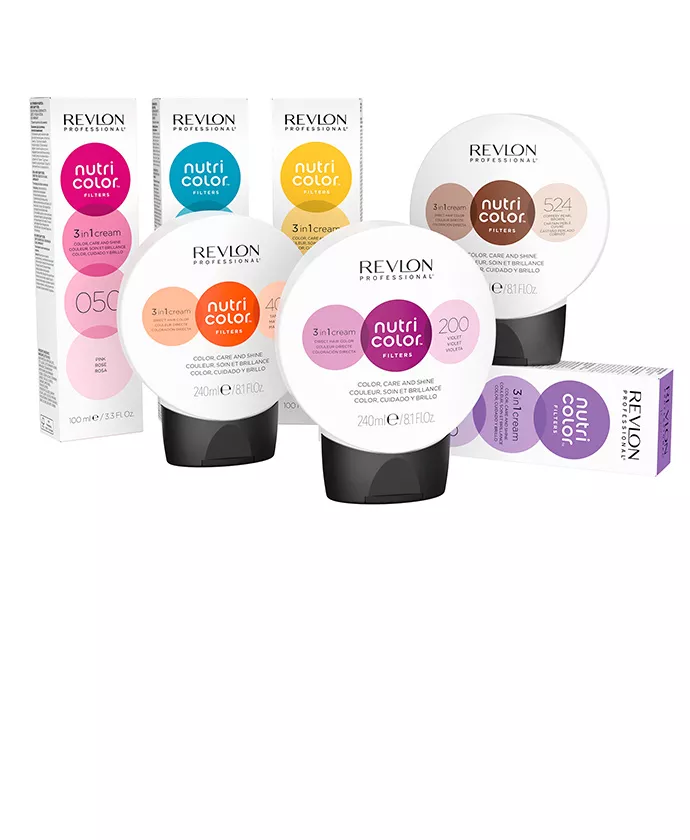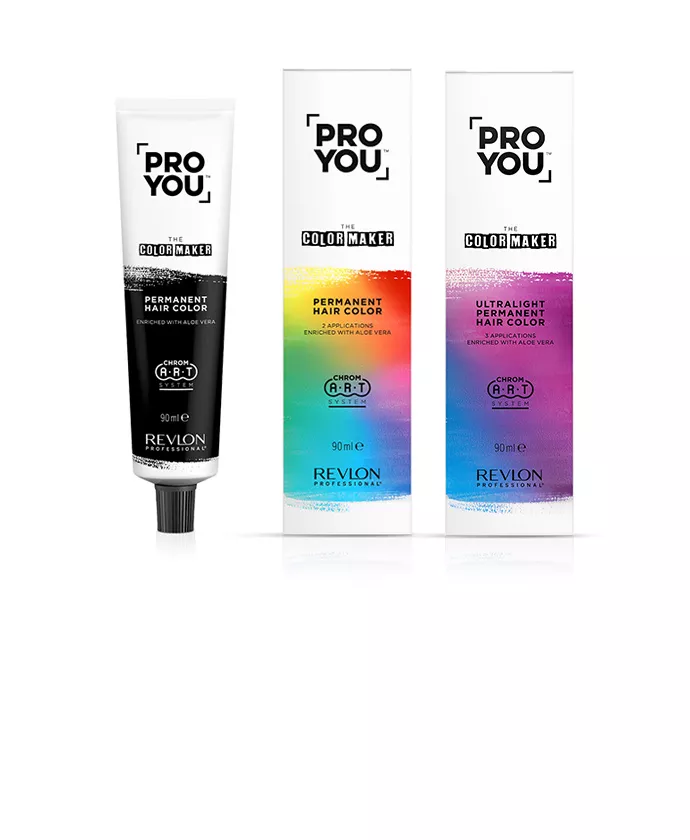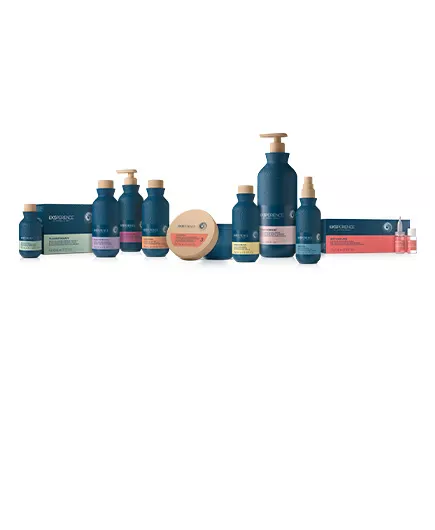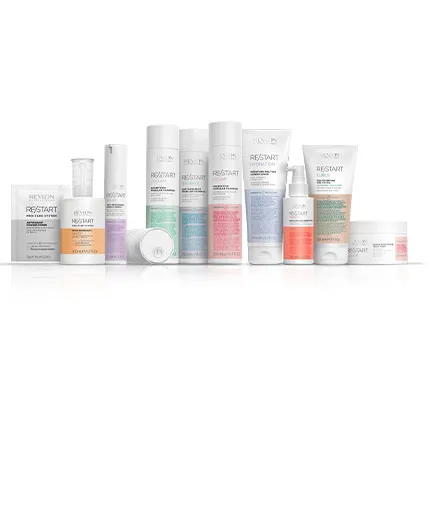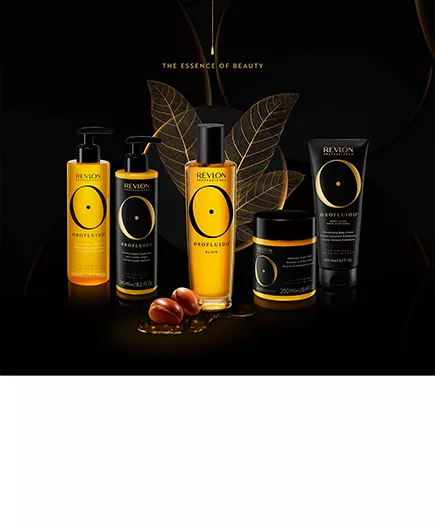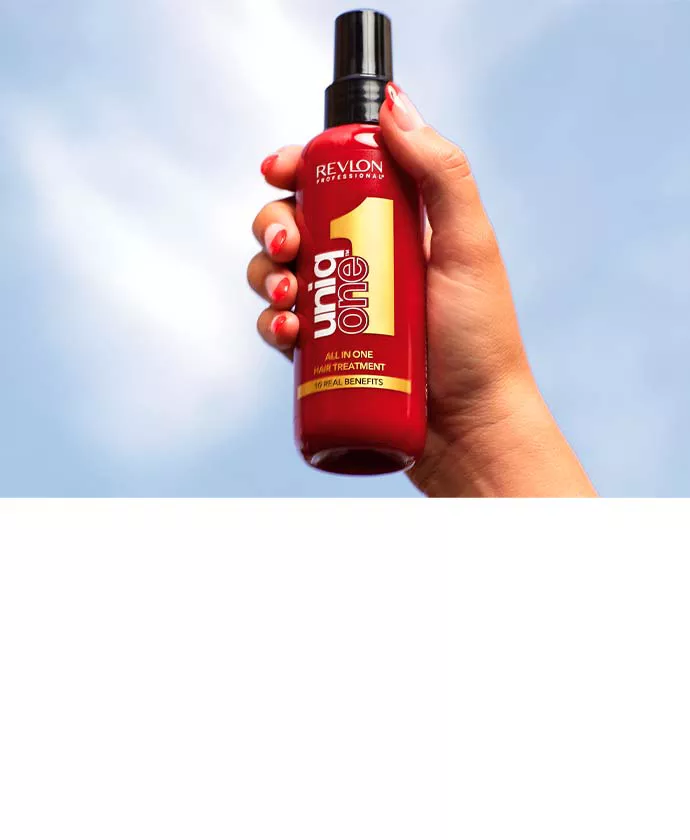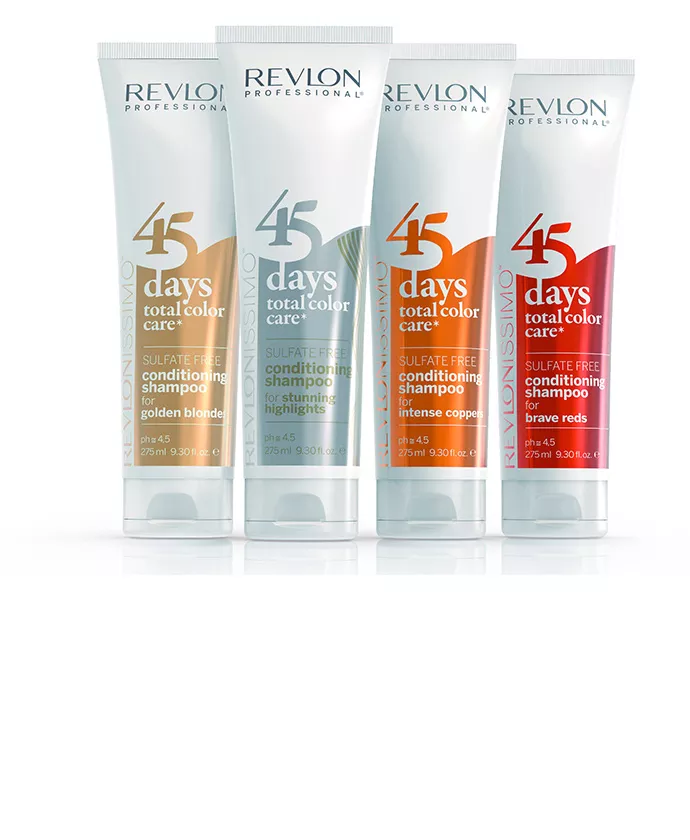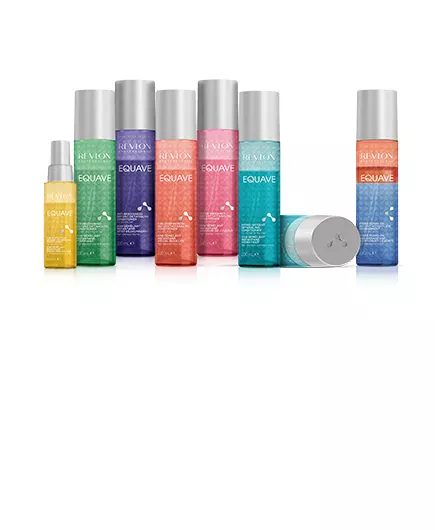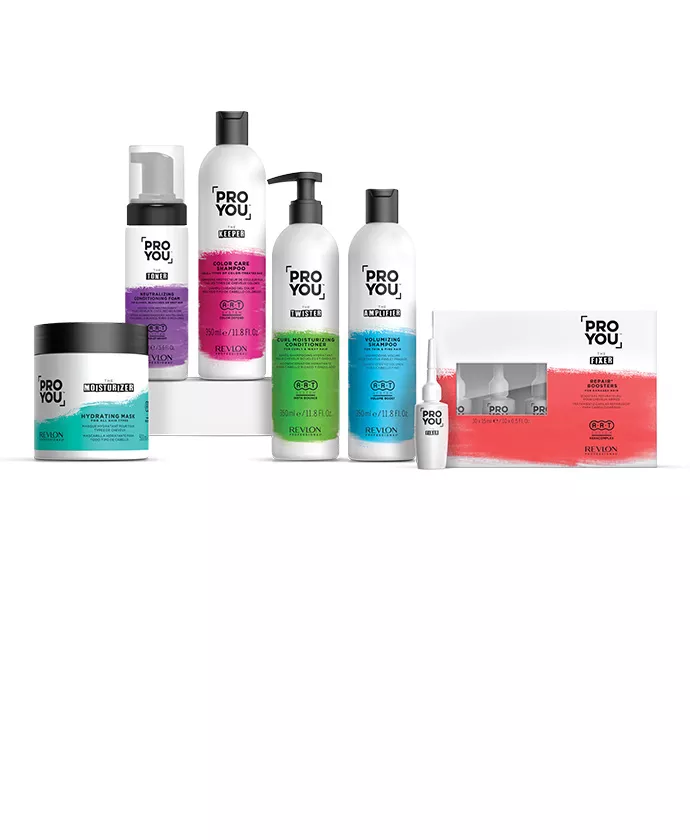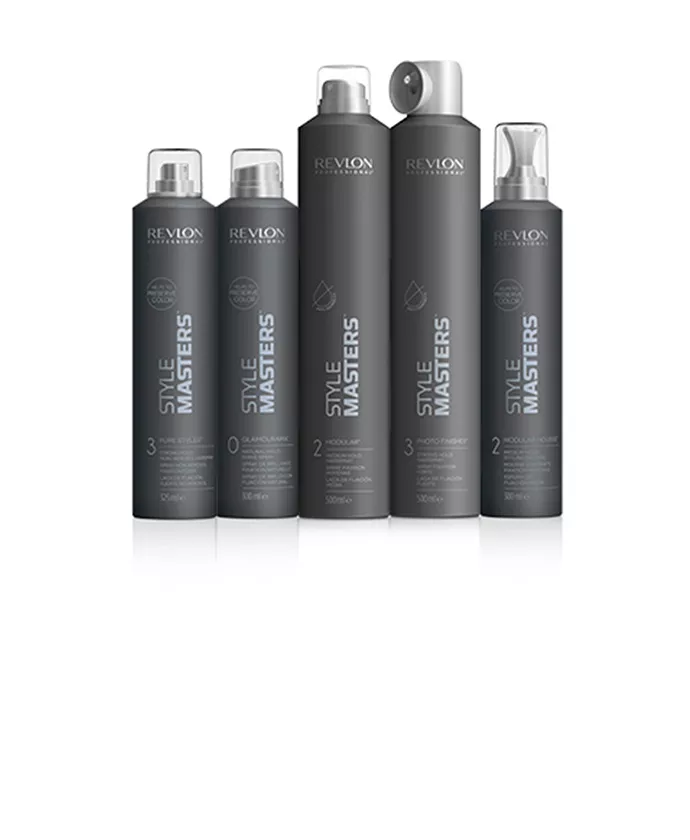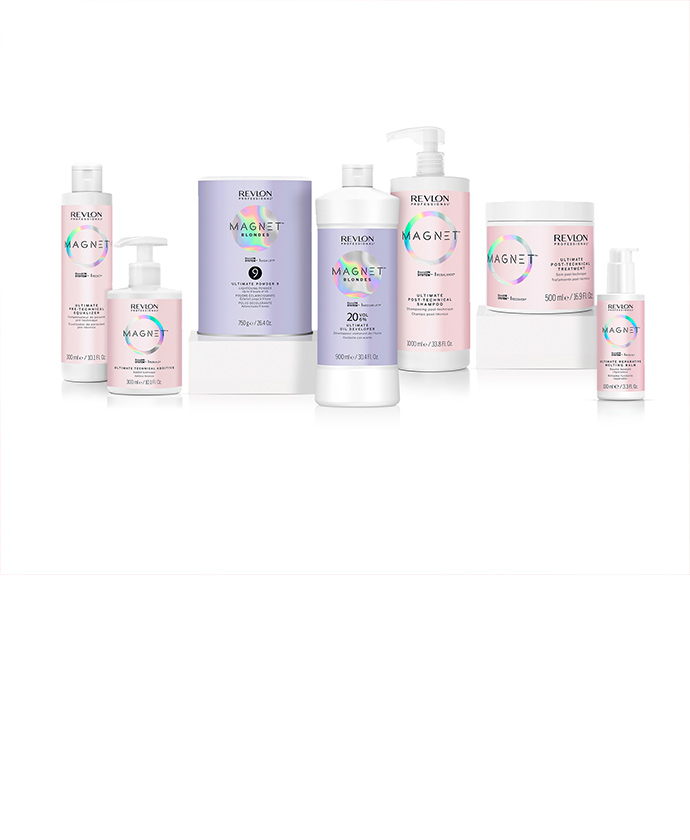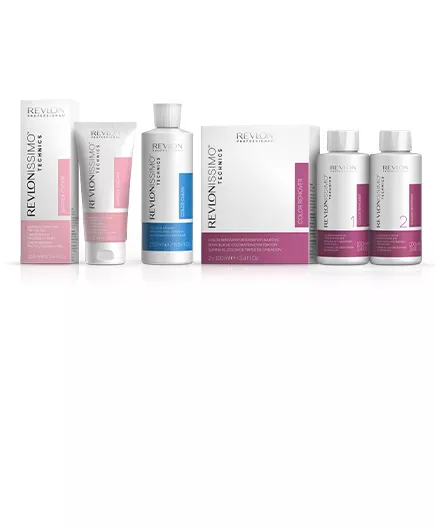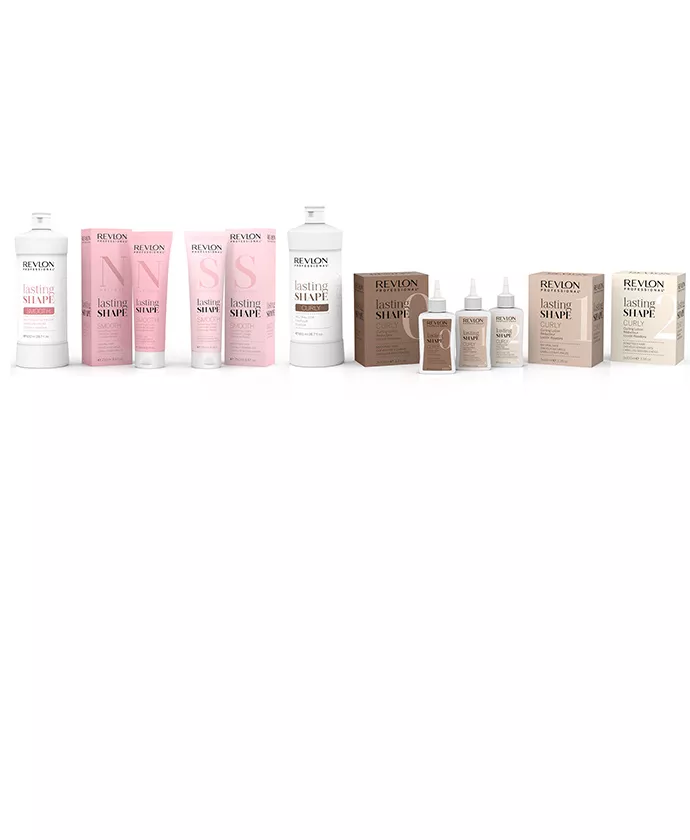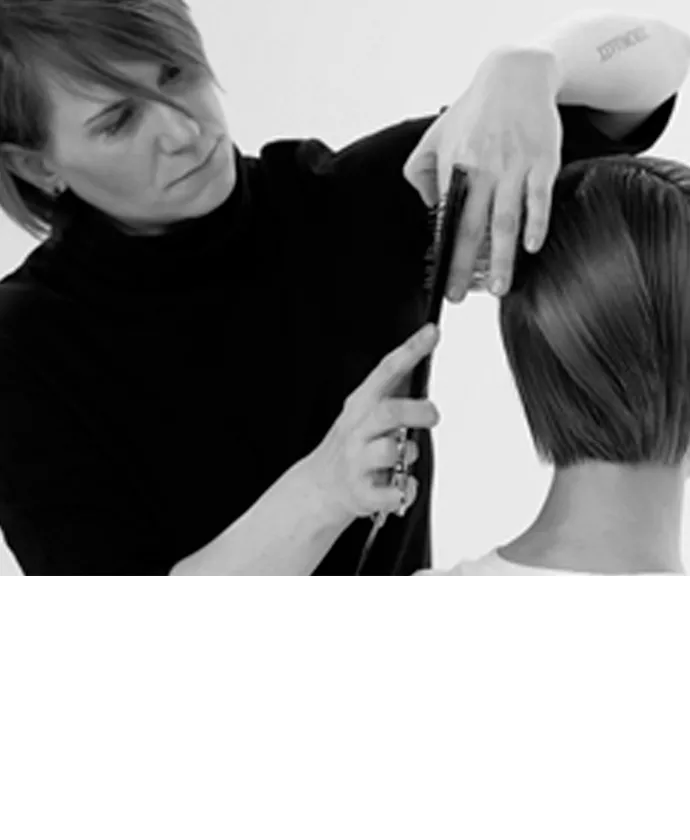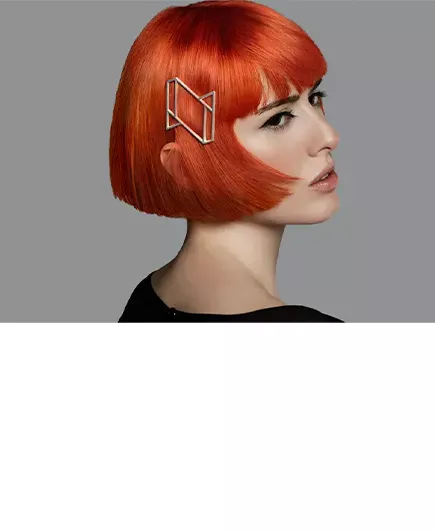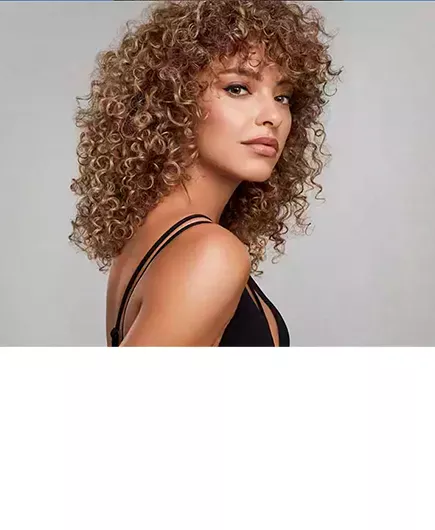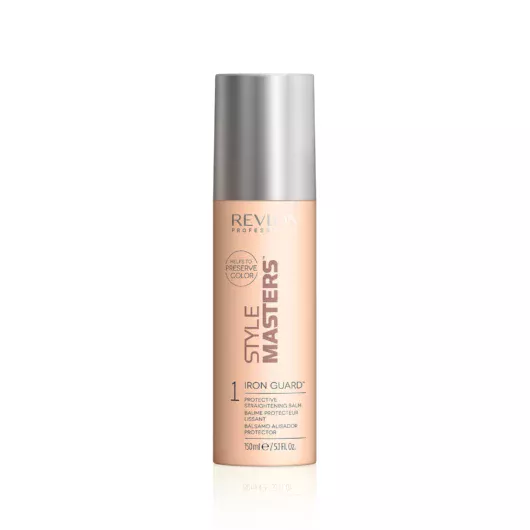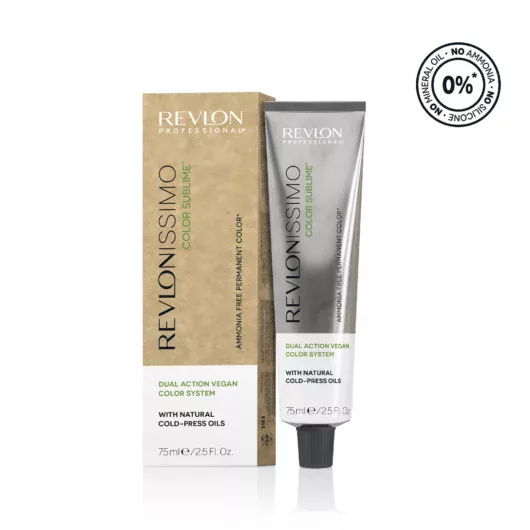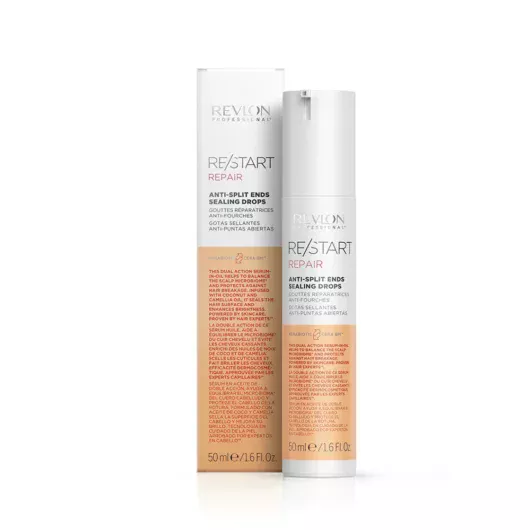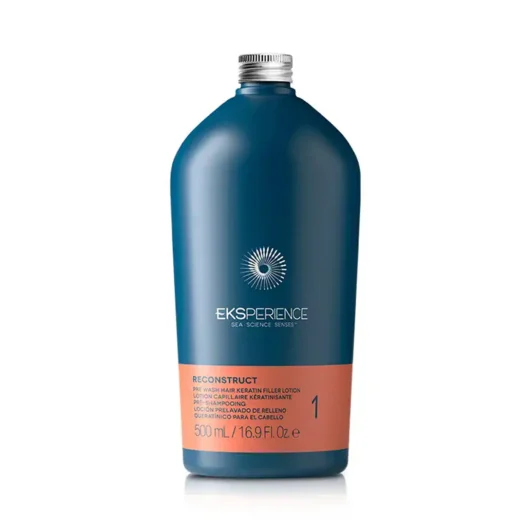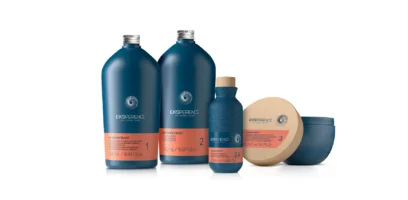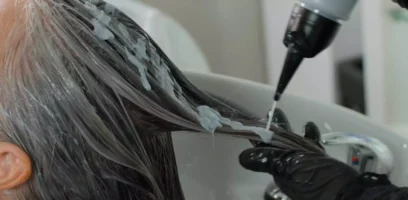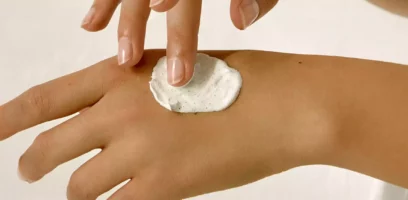What Causes Split Ends and How To Prevent Them
In scientific lingo, trichoptilosis is the structural alteration of the hair. Put simply, this lengthy term refers to hair with split ends. A strand of hair can become divided into two or more pieces at the end of the hair shaft. These divisions can be caused externally by the weather, by the person themself (and their hairstyling habits), or by chemical agents like hair color and bleach.
In addition to understanding what causes split ends, it’s important to know the different ways to prevent hair breakage and the formulas with which to treat it. Let’s take a look at how to stop split ends (the easy and professional way) and keep your client’s hair healthy, shiny, and silky. Read on to say no to split ends!
What Causes Split Ends?
In hair, fiber breakage is quite normal. Both professionals and clients regularly experience this firsthand. Everything from chemicals to heat from straighteners and excessive sunlight can cause the hair to break. Here’s a more in-depth look at common causes, which can help with understanding how to avoid split ends.
Rubber bands and brushing: Some hairbands may tug at your hair, causing breaks. To minimize this, it’s recommended to replace them with ones that are made of a more modern fabric or spiral ties that hold the hair in place with less damage. Brushes similarly can pull at the hair, leading to split ends. You should ideally use brushes with soft, flexible bristles. Another tip is to brush the hair when it is not very damp to avoid breakage.
Direct heat: Using both hairdryers and straighteners incorrectly can cause hair to break. Aside from minimizing heat, you can prevent breakage with the help of heat protection products like Style Masters™ Smooth Iron Guard™.
Chemicals and coloring: It is typical for hair to lose moisture during a chemical process, leaving it dry and more prone to cracking. These processes change the structure from the inside of the fiber out. But using hair color that pampers the hair, such as the Revlonissimo Color SublimeTM, can help manage worries about split ends.
Washing and drying: How and with what you wash your hair also influences hair breakage. It is essential to use nourishing products that are gentle on hair and suited to your client’s hair type. You can also use formulas that specifically target split ends, like RE/START™ Recovery Anti-Split Ends Sealing Drops, to seal the hair’s surface and add improve shine.
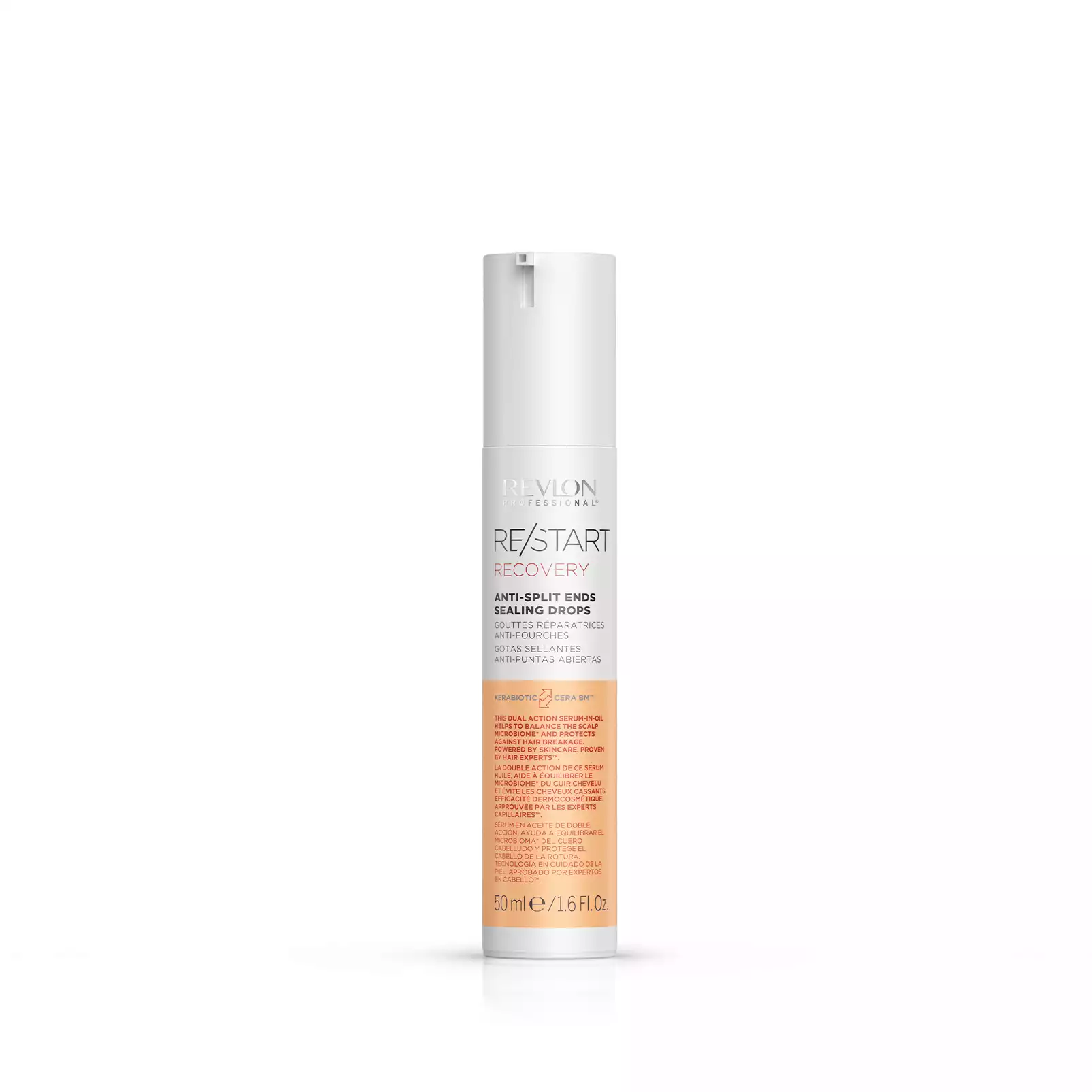
How To Get Rid of Split Ends
There are two essential aspects of managing split ends. First, to help prevent split ends, you need to have a good hair care regimen. Secondly, regular hair cuts are a must.
Prevention: The magic word for a split end routine is hydration. This is because hair that’s prone to breakage tends also to be lacking in moisture. Use hair treatments with nourishing oils and keratin, like the fantastic Eksperience™ Reconstruct Phase 1 – Keratin Filler. It repairs the open cuticle, which helps make the hair less porous.
Cut: If someone has not properly prevented split ends, there’s no choice but to cut the hair. That said, there is no need to chop it all off and make your client afraid of the scissors. A minor trim may be enough to remove split ends. We also must help clients understand that cutting the hair can help prevent further splitting. If they have long hair that they want to maintain, the best option is to cut hair about every eight weeks. The minimum will depend on the individual and their personal style, but once every month and a half or so is typically ideal.
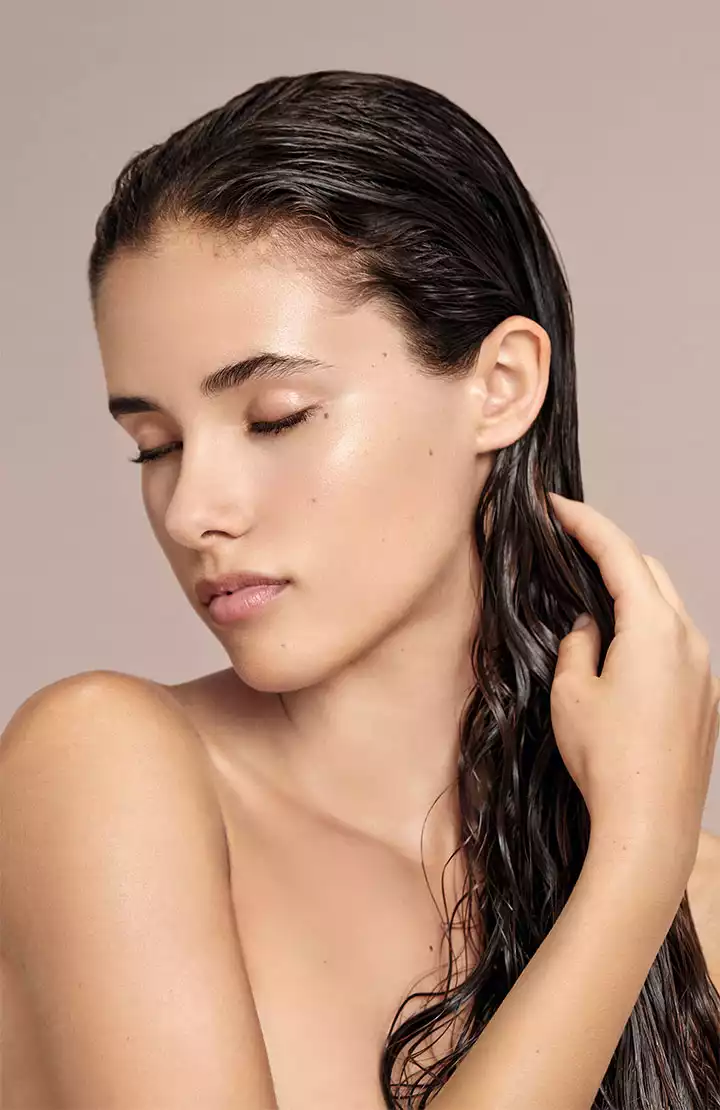
Split End Tips to Share With Your Clients
For your clients who struggle with split ends, you can recommend the following tips as takeaways:
- Hair needs to be cut regularly, about every six to eight weeks.
- Wash with hair-friendly products and be gentle. You don’t need to rub aggressively!
- Always use conditioners that help detangle hair.
- Use combs with soft bristles and wide teeth to detangle hair more effectively and prevent breakage.
- Choose hair color products that help care for your hair.
- Always apply heat protectant when using hair straighteners or hair dryers.
All in all, there are so many daily hair habits that can either encourage or help prevent split ends. As a hair professional, it’s up to you to help guide your clients towards the best hair care products and practices that will keep their hair looking its very best. For even more professional tips on how to promote shiny, healthy-looking hair, be sure to check out our guide on frizzy hair salon treatments and solutions.



